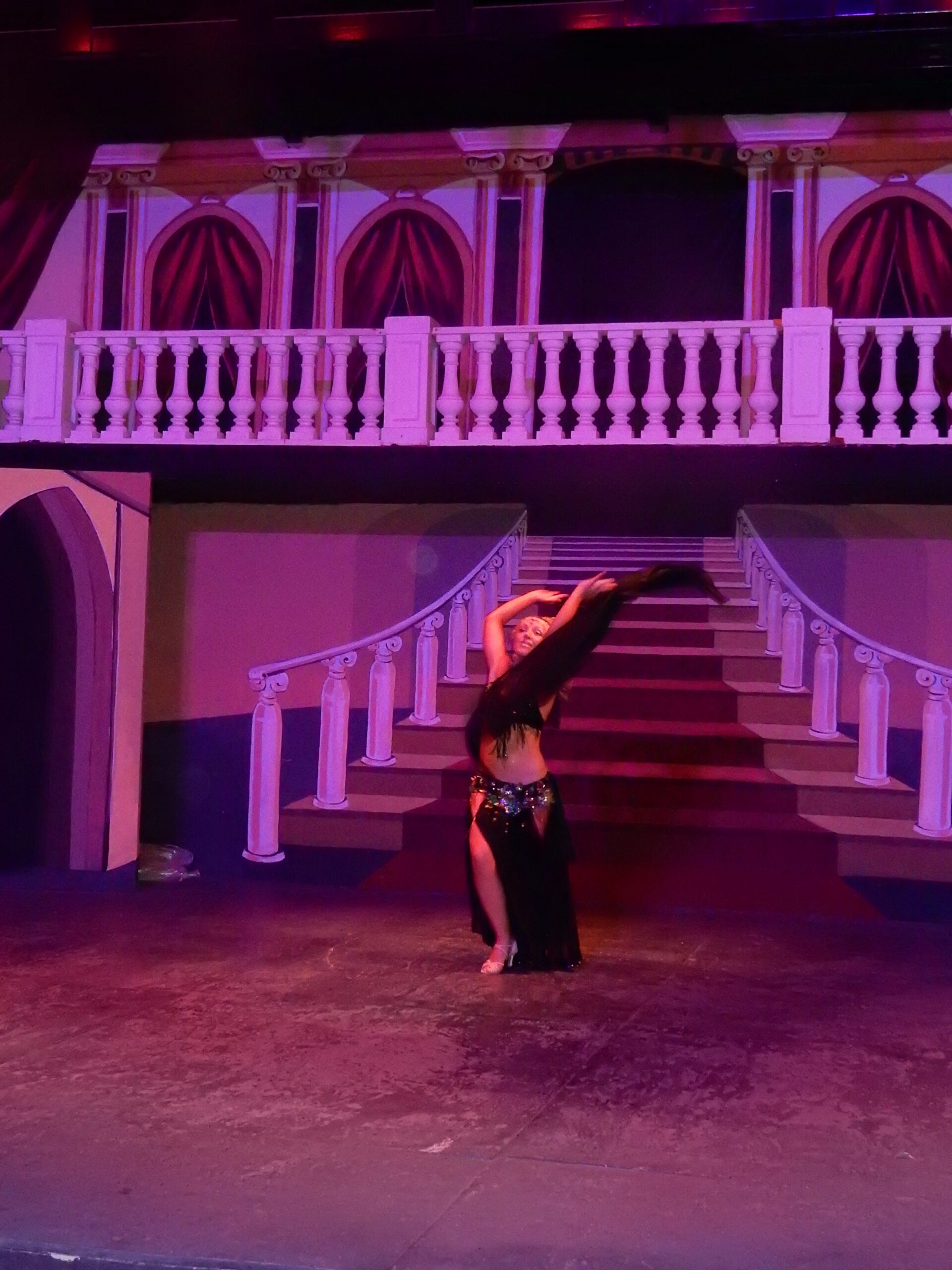Published: October 25 • Read time: 6–8 minutes
Picasso’s birthday is a good day to talk about rule-breaking — and about Ukraine’s voice in art.
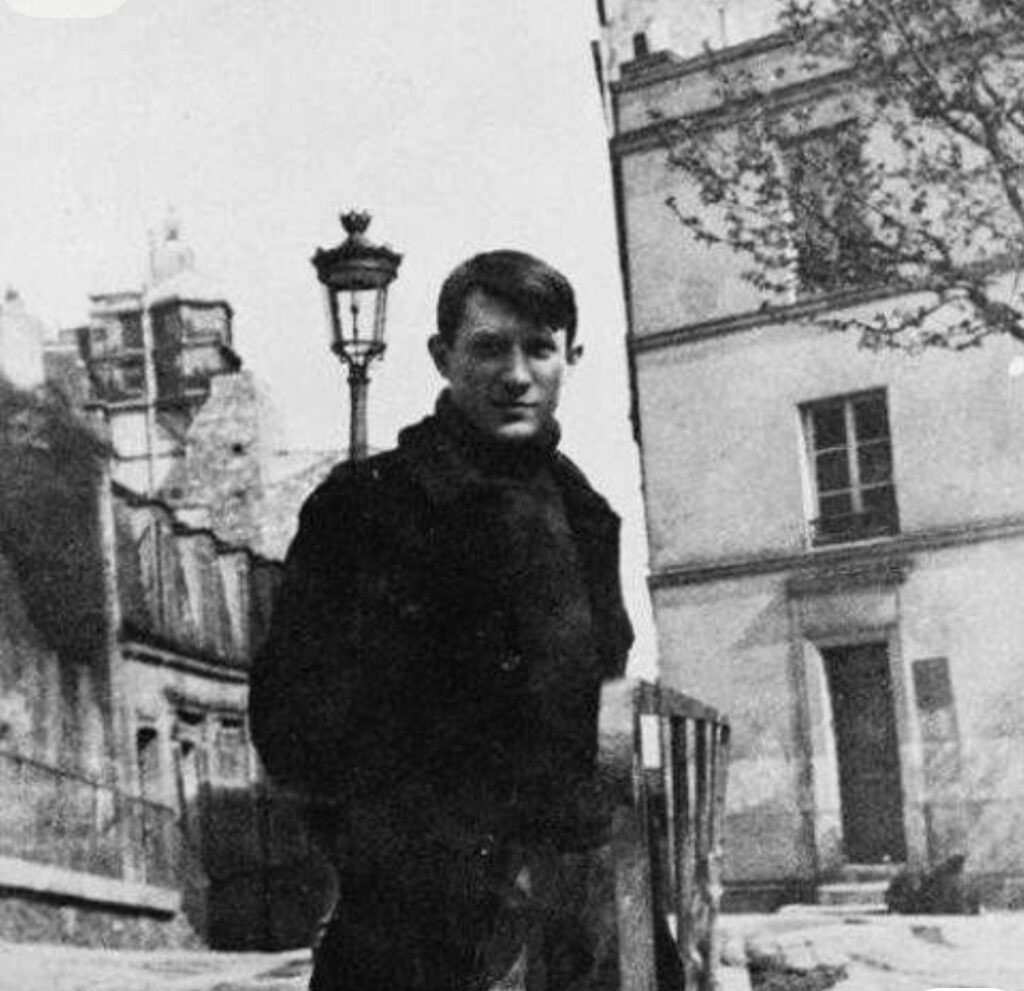

Why today matters
October 25 marks the birthday of Pablo Picasso. He didn’t just paint; he detonated the rules and then rearranged the pieces into something shockingly alive.Artist’s Day is a reminder that art is not decoration — it’s a nerve.It’s how we look at a broken world and still insist on beauty, truth, and memory
Picasso’s lesson: break the frame, find the truth
Cubism challenged the idea that there’s only one correct view.Picasso layered moments, angles, and emotions into a single image.That approach feels painfully relevant now: life rarely offers one perspective.Artists translate that chaos into line, light,and courage
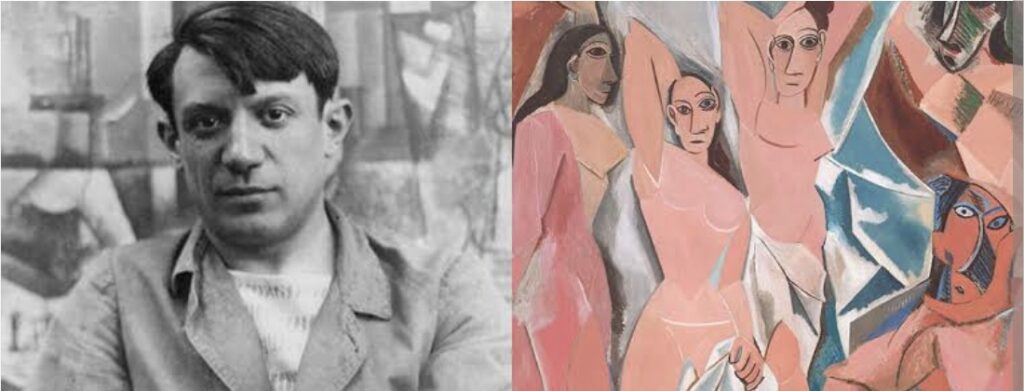
Ukraine’s voice in the same conversation
Ukraine has always been part of the modern story of art — from the Boychukists and Kyiv’s avant-garde to today’s artists painting under air-raid sirens.Themes echo across time: experiment, identity, resistance, memory.
Ukraine was closer to Picasso than many remember — not only through ideas but through love.
His first wife, Olga Khokhlova, was a Ukrainian ballerina from Nizhyn who danced with the Ballets Russes.
She brought a brief calm into Picasso’s stormy world — a trace of Slavic tenderness that softened his palette and shifted his tone.
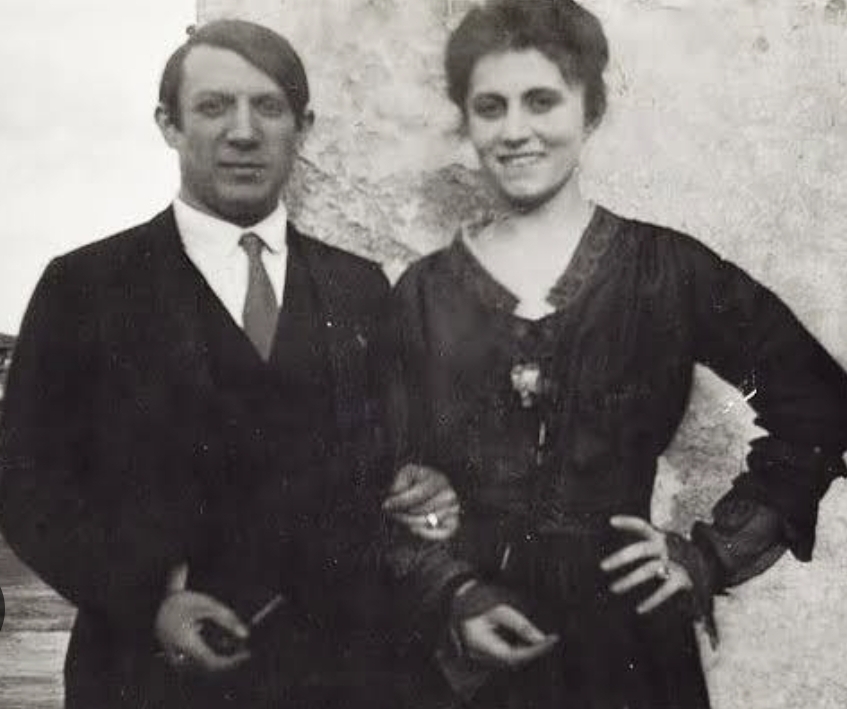

For a time, his portraits glowed with family warmth and the quiet rhythm of domestic life before the tempest of modernism reclaimed him.
And decades later, another Ukrainian woman’s art quietly reached him – Kateryna Bilokur, whose floral paintings stunned Picasso when he saw them at an exhibition in Paris.
He is said to have remarked: “If we had an artist of this level, we would make the whole world talk about her”
Bilokur’s meticulous flowers, each petal alive with reverence and struggle, ambodied the strength of Ukrainian spirit – tender yet unbreakable.

The art of masters like Kateryna Bilokur reminds us of the profound beauty and sincerity of the Ukrainian soul. Their legacy is not only about genius but about an unending love for their homeland and its spirit. This love continues to inspire me as well — in my paintings, I strive to convey the essence of the Ukrainian soul through the gentle light of the Mediterranean, creating a quiet dialogue between tradition and the present.
When I paint, I carry these threads — Mediterranean light and Ukrainian soul — and try to let them meet on canvas without canceling each other out


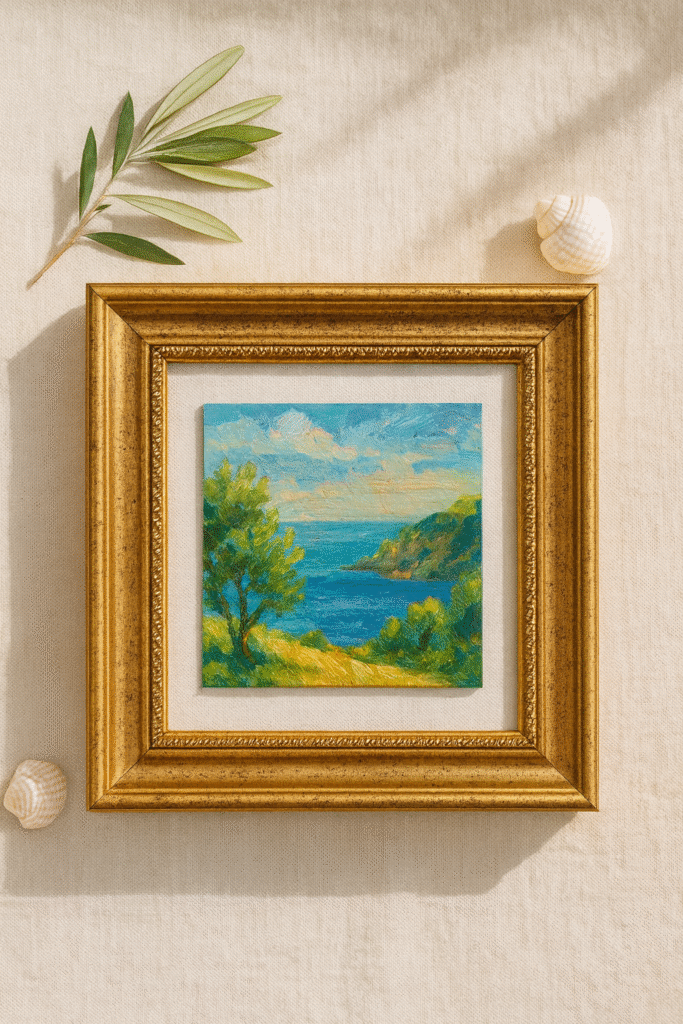
Art in hard times
Art doesn’t stop missiles. It protects meaning.
It keeps names from dissolving.
It keeps a mother’s hands, a field of sunflowers, a skyline, a small bird in winter — present.
Viewers tell me my paintings make them feel calmer, braver, more awake.
That’s the quiet power of images: they keep us human.
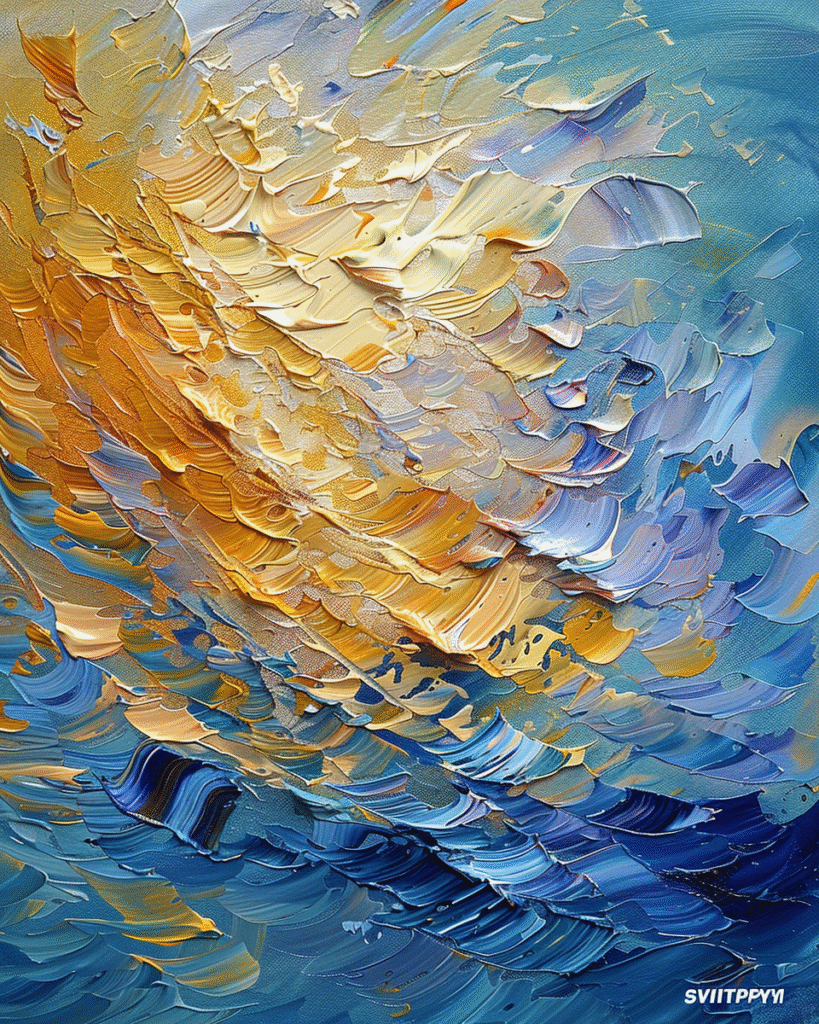
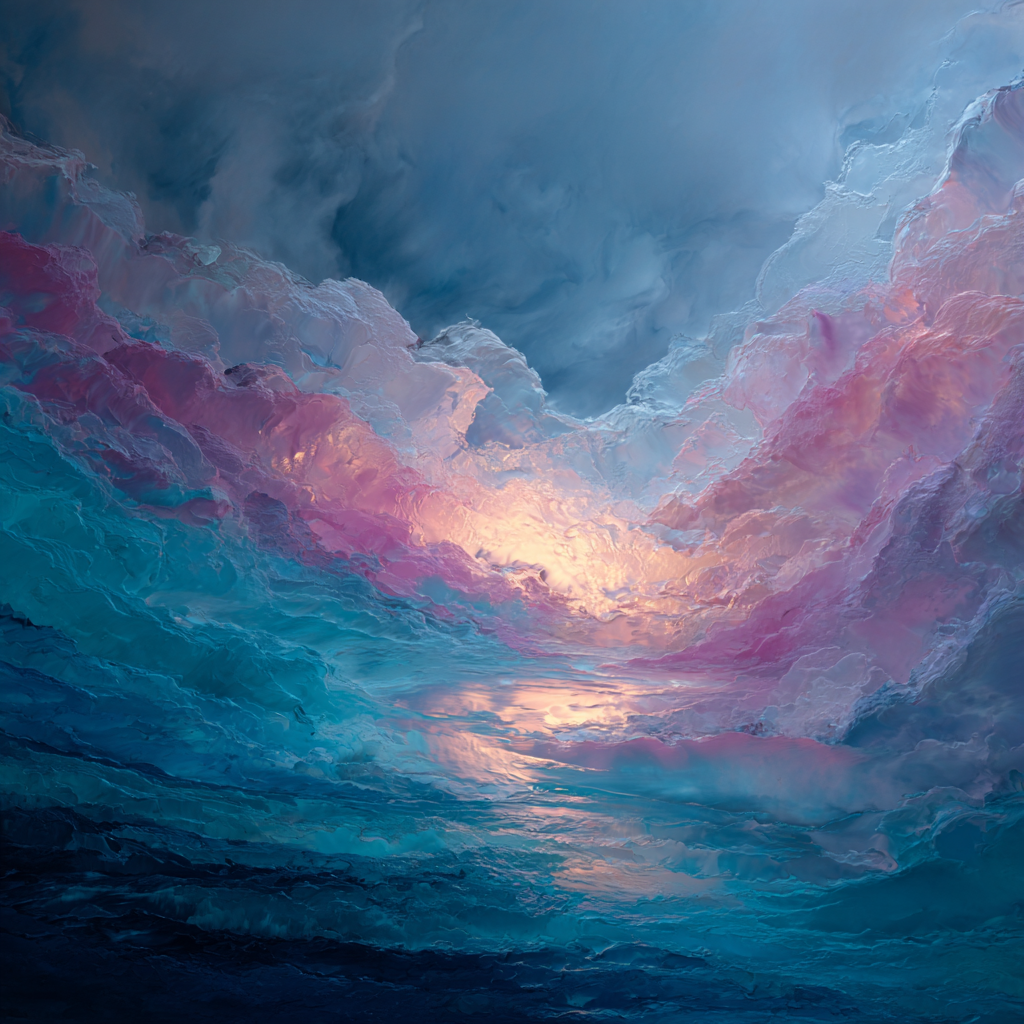
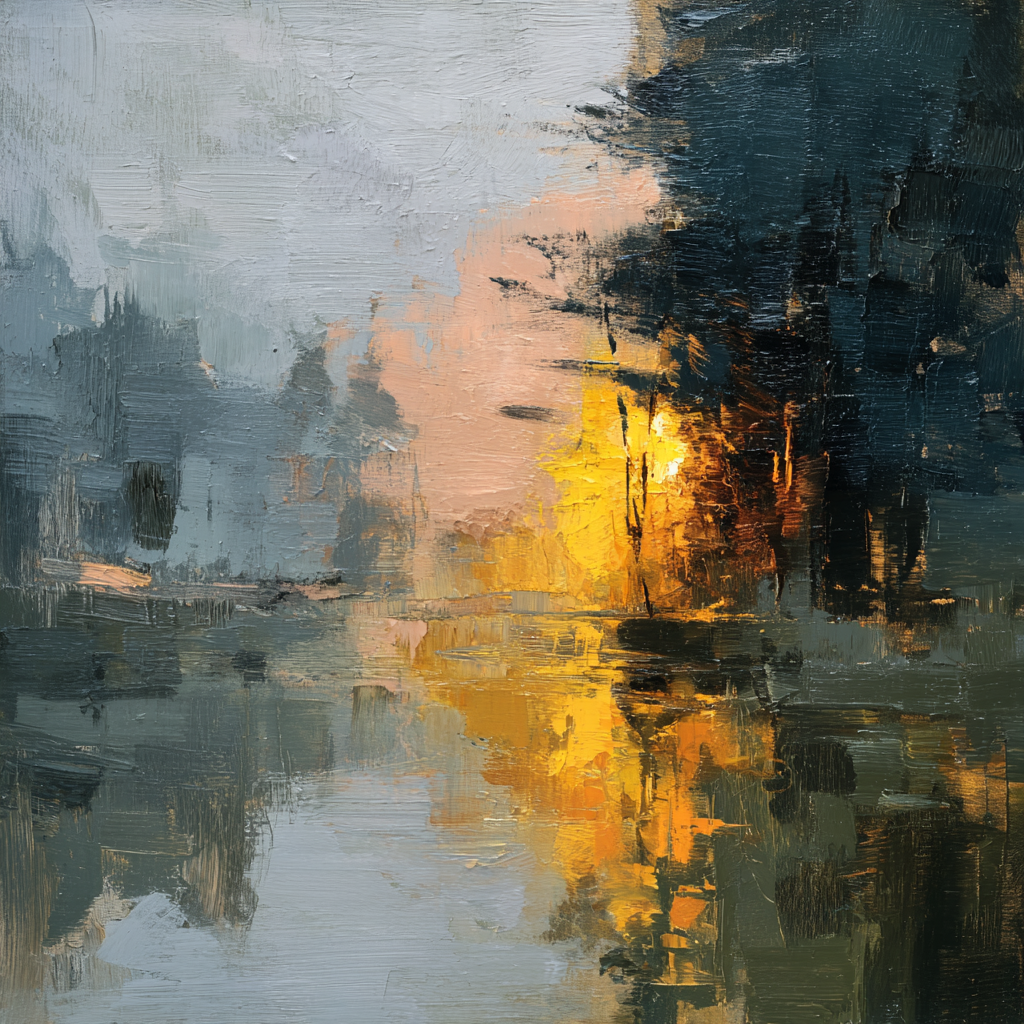
What I bring to the canvas
Texture and light. Impasto captures how sunlight holds on a surface.
Color as memory. Blues of the Black Sea, warm whites of Mediterranean walls, gold of wheat and icons.
The “Code of Memory.” Layers of paint as layers of time. Nothing is erased; everything transformed.
If Picasso could walk into my studio today
He’d probably raise an eyebrow at my palette knife, ask for coffee, and say: “Good. Paint faster.”The point is not to imitate masters but to be in conversation with them.Every brushstroke either repeats what’s been said or adds something honest and new.I choose n
How you can take part
Spend a minute with an artwork today. Notice what moves you.Share a piece by a living artist — visibility is oxygen.If a work speaks to you, let it live with you. Homes need art like lungs need a
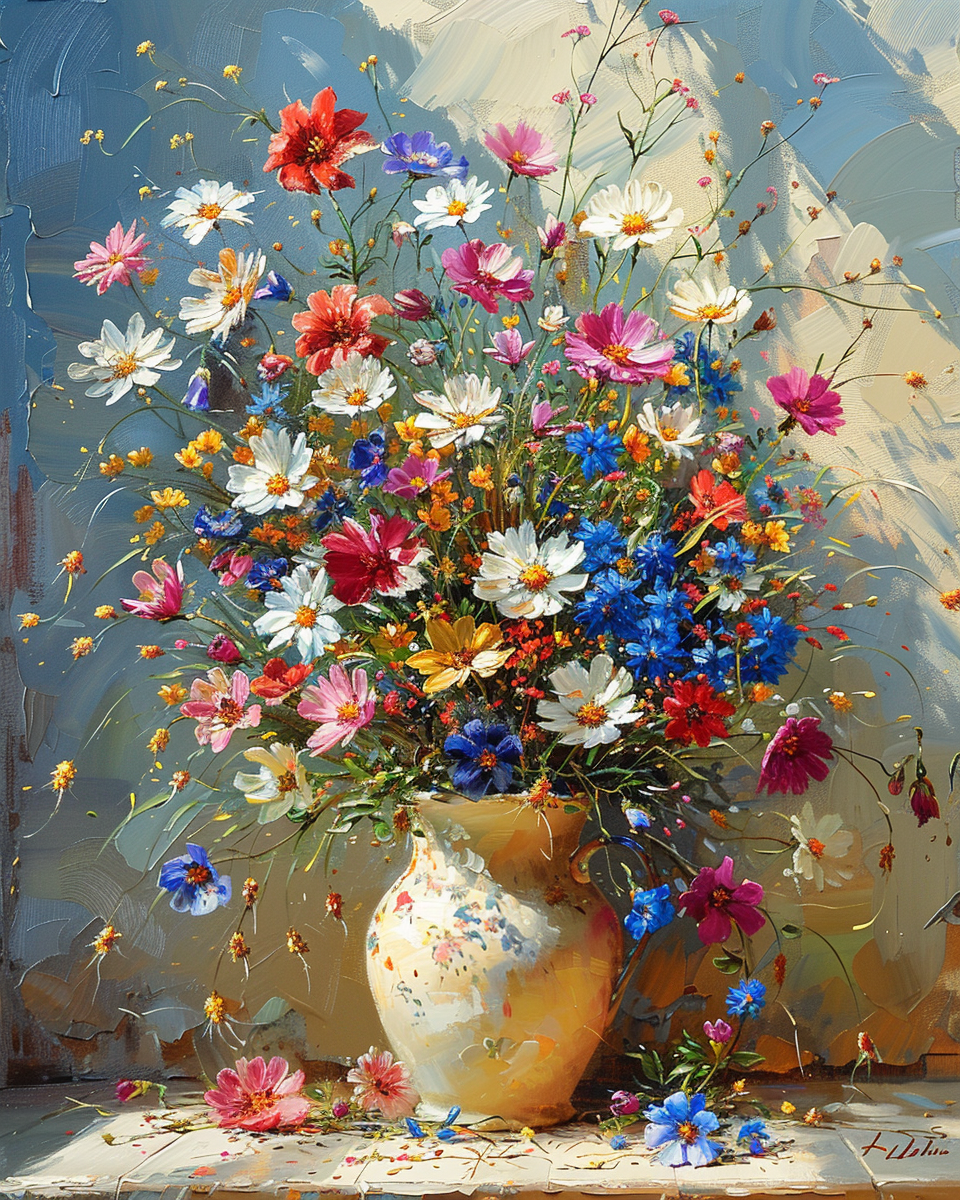
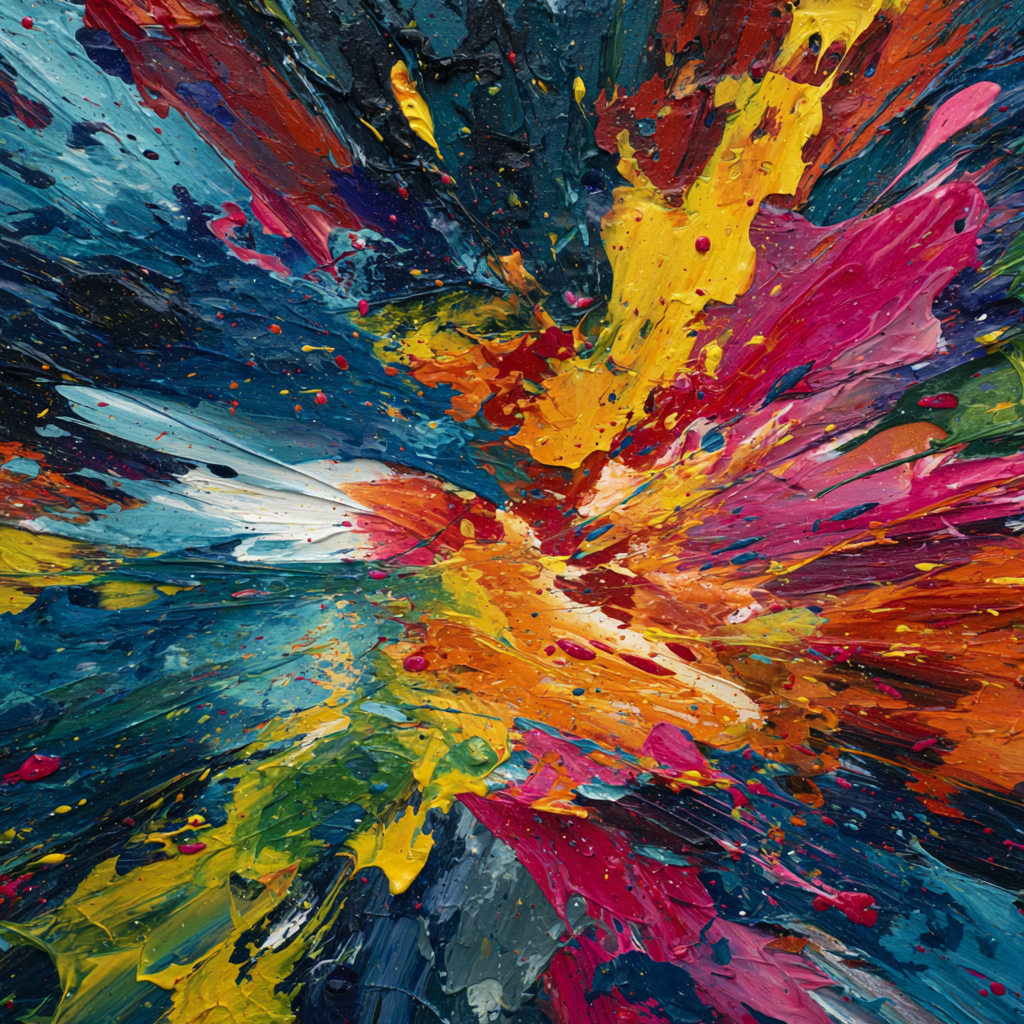
Explore my collections
Landscapes: seas, cities, mountains — places where light writes poetry.
Flowers: impasto bouquets that refuse to be quiet.
Figurative & Portrait: faces as maps, gestures as stories.
Animals: small lives, big personalities.
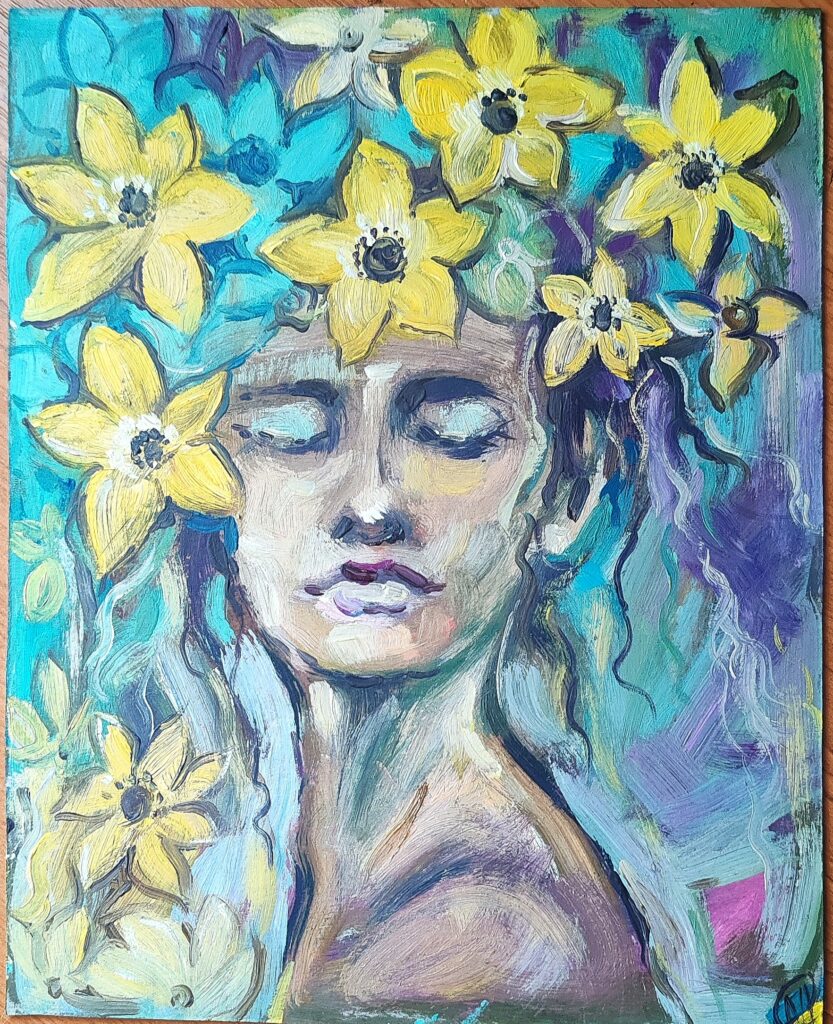
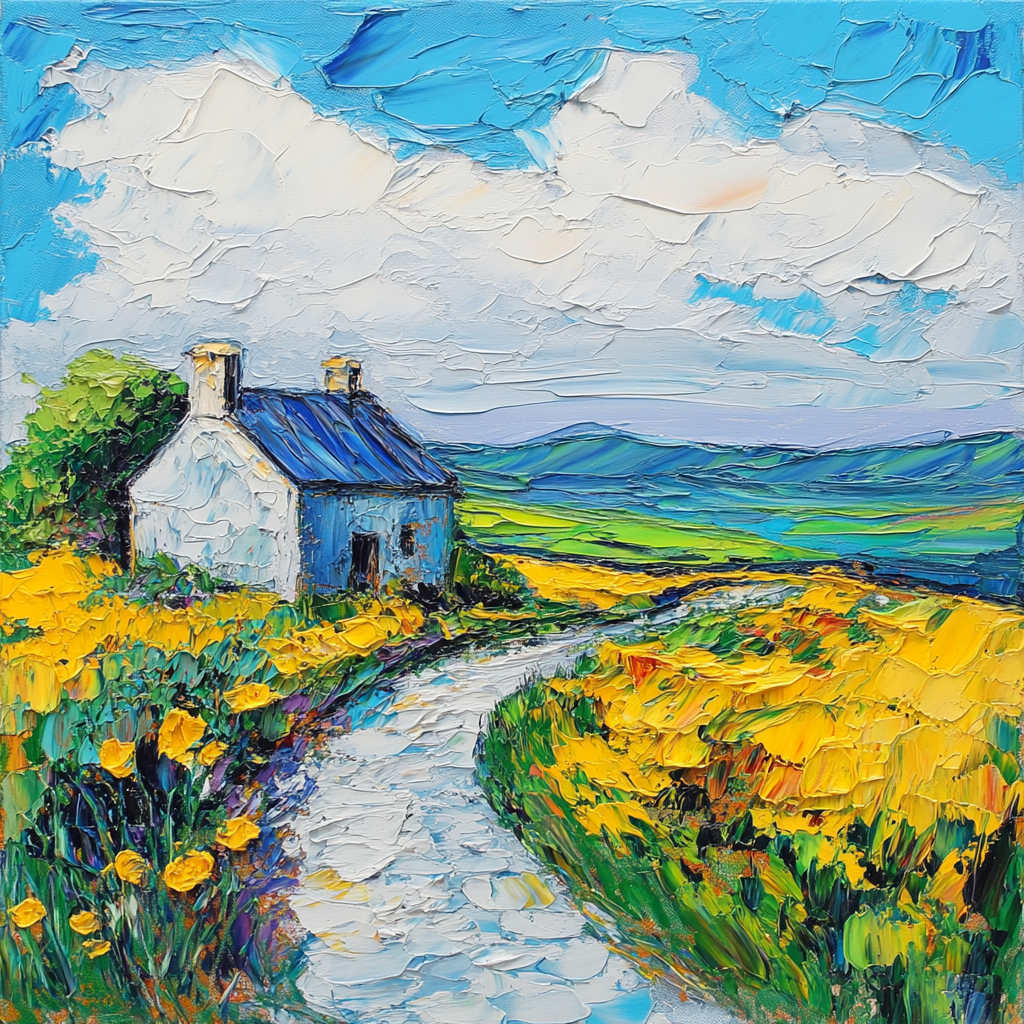



Thank you for reading. May this day give you a reason to begin, or begin again.

